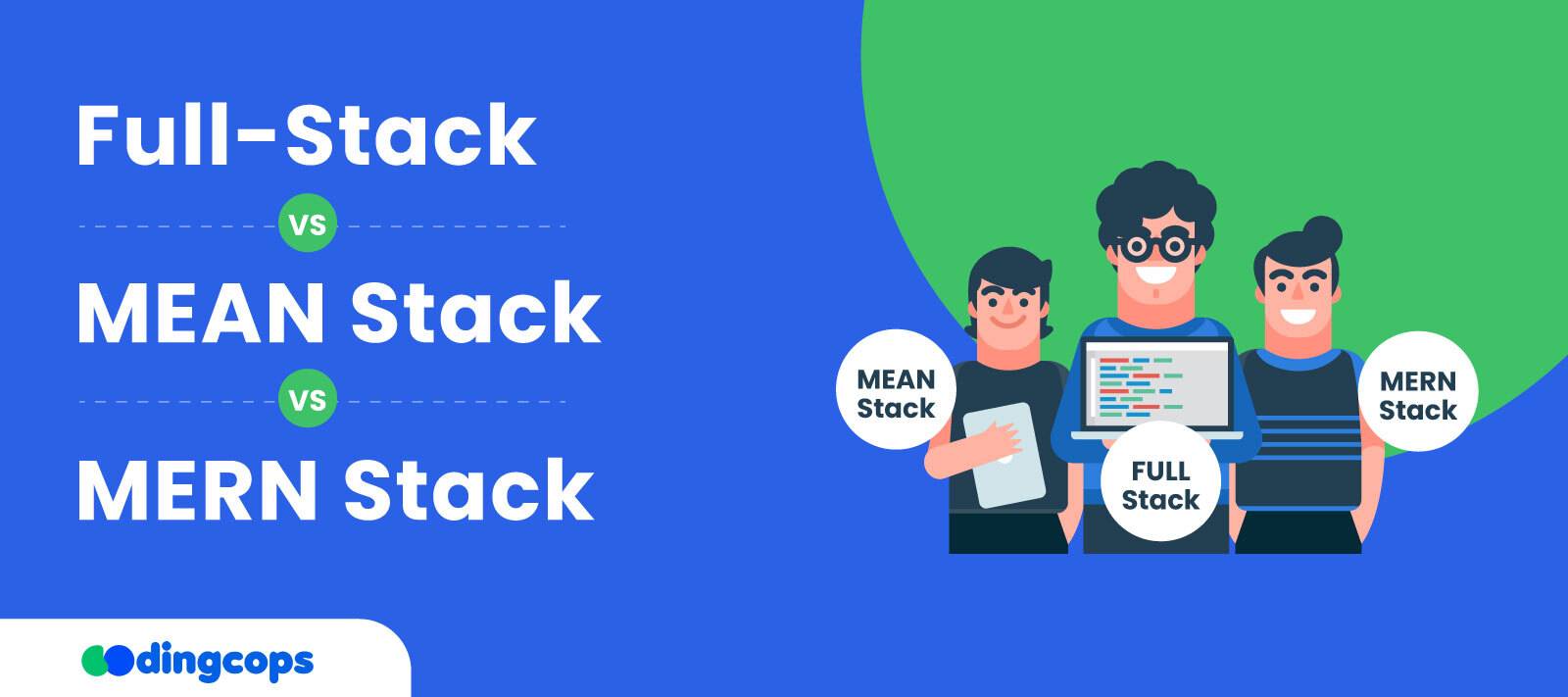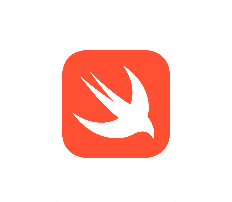In web development, React stands as one of the most popular JavaScript libraries for building user interfaces. As with all libraries and frameworks, one of the main concerns when using React is how to handle the state, effectively. It is what facilitates the management of the states of an application, including the ability to modify or update them as needed.
The evolution of React also implies the changes of libraries and tools in the development environment especially those dealing with the state of the application. When companies dedicated React developers, they always look for devs that are skilled with the latest tools. This year, several state management libraries have become particularly popular due to their efficiency, ease of use, and community support
Now let’s describe the ten most popular React state management libraries of 2024, each with their features and capabilities that can improve your React apps.
- Redux

Even in 2024, Redux continues to be the heavyweight champion of React state management. Due to its predictability and the functions of central control of states, Redux can be said to be good for managing states in large applications.
It uses actions and reducers to update the state and that makes the code much more predictable and also easier to test. Although it is difficult to learn, the benefits within the big applications are significantly large and can make it the first priority for developers.
- React Query

The work of server states and loading data in the React application have dramatically changed after the introduction of React Query. It is not a traditional state management library but offers powerful features for fetching, caching, and updating asynchronous data without touching the global state.
Due to the capability to automatically prefetch and cache, it works best for data fetching which quickly rose in popularity among developers who work in frequent server response handling..
- Zustand

Zustand offers a slightly simpler and more direct approach to state management. It simplifies the setup process with a minimal API and doesn’t use reducers like Redux. Zustand’s primary appeal lies in its straightforward and opinionated approach to managing the state, making it highly approachable for new developers and suitable for small to medium-sized projects.
- MobX

MobX remains a popular choice for those who prefer a more reactive style of React state management. It allows properties in your state to be observable and automatically tracks changes, updating the UI as needed.
This makes your code more declarative and concise. MobX is especially loved for its capabilities to perform great in large-scale products with frequently used data.
- Recoil

A Facebook project, Recoil removes certain issues with React’s native state management and offers more agility and performance in larger applications. It defines a new set of atoms and selectors to control states that are more fine-grained and is endorsed for easy integration with React components.
- Jotai

Jotai is relatively new in the state management scene but has quickly gained traction due to its simplicity and performance. It provides a basic and extensible solution to state management in that it is based on incredibly basic elements that are simple to manipulate.
Jotai is particularly effective in applications where you need fine-grained control over the state without the overhead of more complex libraries.
- Akita

Akita encourages a pattern that focuses on simplicity and adaptability. It uses the concept of stores to manage the state and is heavily influenced by Redux but with fewer boilerplates. Akita is good when you are migrating from Angular and is used for creating a similar pattern and methodology as well.
- Easy Peasy

True to its name, Easy Peasy aims to make state management as straightforward as possible. It is developed on Redux while having a considerably simpler and more comprehensible API. It supports thunks and actions out of the box, meaning there’s less code that you will need to write and diligence to do correctly.
- Valtio

Valtio makes state mutation direct and simple by making the state proxy-based. It creates a proxy state where you can mutate your state directly while still keeping the component reactive.
Valtio is especially praised for its minimal scope and straightforward design, which makes it effectively usable and indeed welcome by beginners and a breath of fresh air for those experienced in programming.
- XState

XState is unique in this list as it focuses on state machines and state charts. It presents a good response regarding the management of application states especially when there are many of them and transitions between them occur.
XState is useful in all those projects where you have to focus on state flow and transitions like in the games, forms, and any procedures where there are several steps involved.
Conclusion
The outcomes of the React state management libraries can greatly define how you approach designing and implementing your React apps. Some are designed to handle large-scale states, while others are more tailored for smaller applications or unique scenarios.
More Related Blogs
- React vs. Backbone.js
- Top 10 Future of React in 2024
- React Lifecycle Methods
- React State Management Libraries
- Spring Boot Developers



















